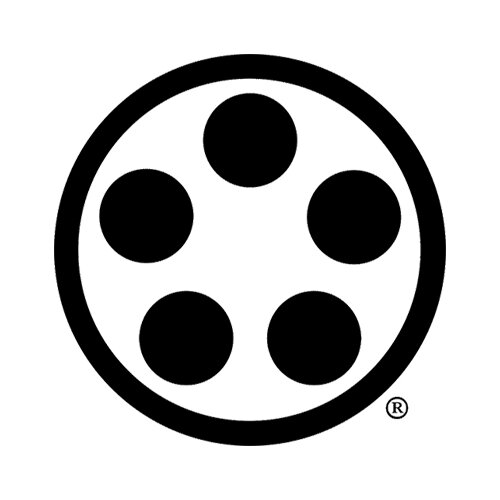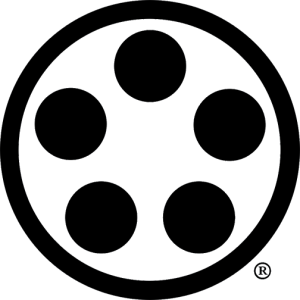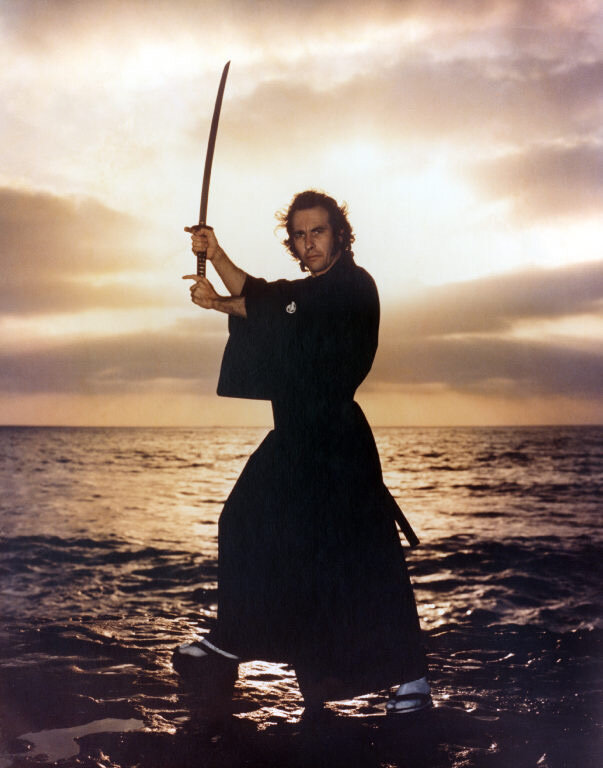My Budo
The most frequently asked question an instructor hears is, “What do you do in your dojo?” For a junior this can be a very easy question to answer… but the senior instructor will find that it becomes more and more difficult with each passing year. This is because as time goes by, the instructor passes from the realm of bujutsu into budo, and the essence of budo may not be expressed in words.
“A bujutsu is a set of techniques. A budo is a way of doing a set of techniques.”
Each instructor will have HIS budo; a way of doing a certain group of things that are unique. This budo is the sum of his years of training, distilled and filtered, and flavored with his own spirit.
A junior karate student (shodan/nidan) will sit down and give you a detailed explanation of “What it is all about”. An intermediate student will, more than likely prefer to demonstrate. A senior will scratch his head and probably ask you to come and watch a class. A true master will have forgotten “What it is all about”.
So, in a true dojo, the headmaster does HIS budo. The students are working on a set of preparatory exercises that, someday, may enable them to understand the master’s budo.
It is said of the Buddha that one day he asked his disciples, “Who understands my teaching?” The disciples, one by one, began giving long discourses on, “What it is all about”. However, one disciple just looked at the maser and smiled. He KNEW. It is the same in the dojo. A set of techniques may be learned… the spiritual essence is EXPERIENCED.
What is MY budo? It is what I feel… the thing that keeps me training year after year with little reward compared to other things I could do.
My budo is not kenjutsu, aiki, or karate… it is the WAY I do these arts. The sword is an outdated weapon. The physical benefits derived from karate could be derived, with a lot less pain, in any good gymnasium. The “ki” techniques taught in most aiki classes are usually just tricks of muscle control.
But there is a spiritual “high” to be derived from these arts, that is so far above anything else as to be beyond description.
If I had to put a name to MY art, I would call it an “aiki-budo”, with the aiki used in its original spirit of dominating the opponent and not the modern, watered down, spirit of subjugating the “self” and blending. The essential characteristic of my budo is a very strong focus and outpouring of energy. All training is devoted to this. Memorization of kata, maintaining “standard form” learning new techniques… all of these are regarded as being of secondary importance.
This spirit is what unifies all of my techniques into one art. I feel no different when doing karate gyaku-zuki, aiki kokyu-nage, or kenjutsu kesa-giri. All are the same…
However, most of my students seem to have great difficulty in seeing that there is no difference between drawing a sword and sitting in seiza… or that the (Shotokan) karate mae-geri is of the same nature as an aiki ki-nage. “Hiiting is the same as not hitting!”
Therefore, when I teach, I tend to break the students into groups according to their personalities and teach them that, “This is aiki”, “This is kenjutsu”, “This is karate”. Simple things for simple minds…
Although my personal approach to the martial arts is purely spiritual, my teaching methods are almost 100% physical. I cannot touch a student’s mind. But, by forcing their bodies to do a sequence of motions I have found that I can force their minds to do certain things. You Viet Nam era veterans may well remember the popular phrase, “When you’ve got ‘em by the balls, their hearts and minds will follow.” I have seen many schools in which the instructor(s) spent a lot of time discussing spiritual matters. The students learned how to discuss the spirit.
My method of training is simple techniques, short kata, many repetitions, and vigorous training. I do not say that this is the only way, but it worked for me and it works for my disciples.
As for my personal training sessions, they are all the same. Sometimes I do a sword kata, sometimes I hit a makiwara, sometimes I throw a student, and sometimes I sit in the garden.
It’s all the same thing.
The End


